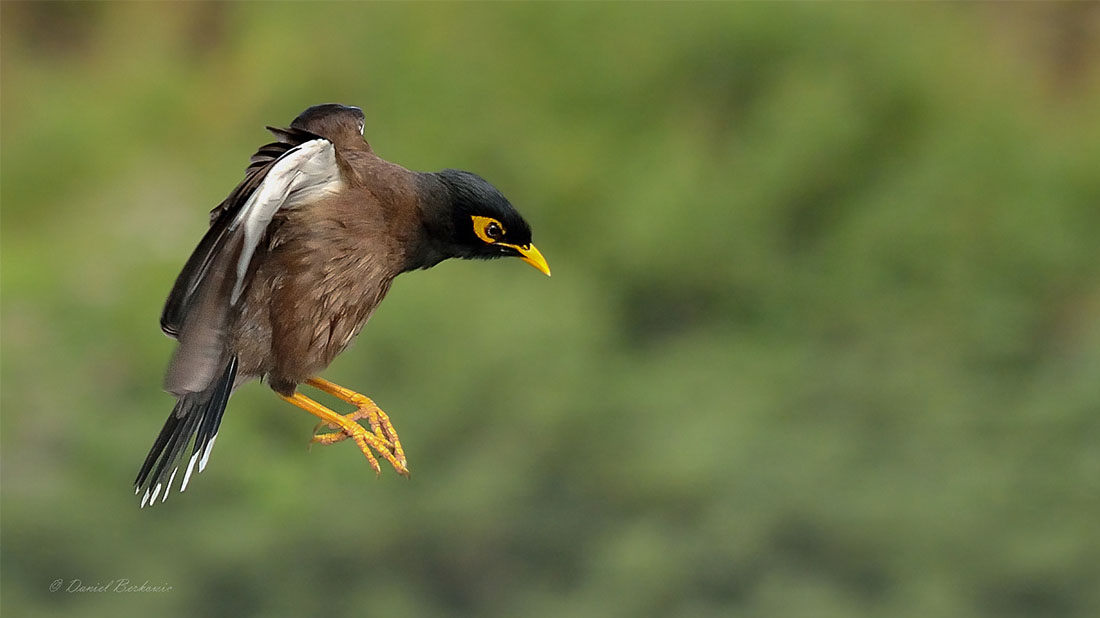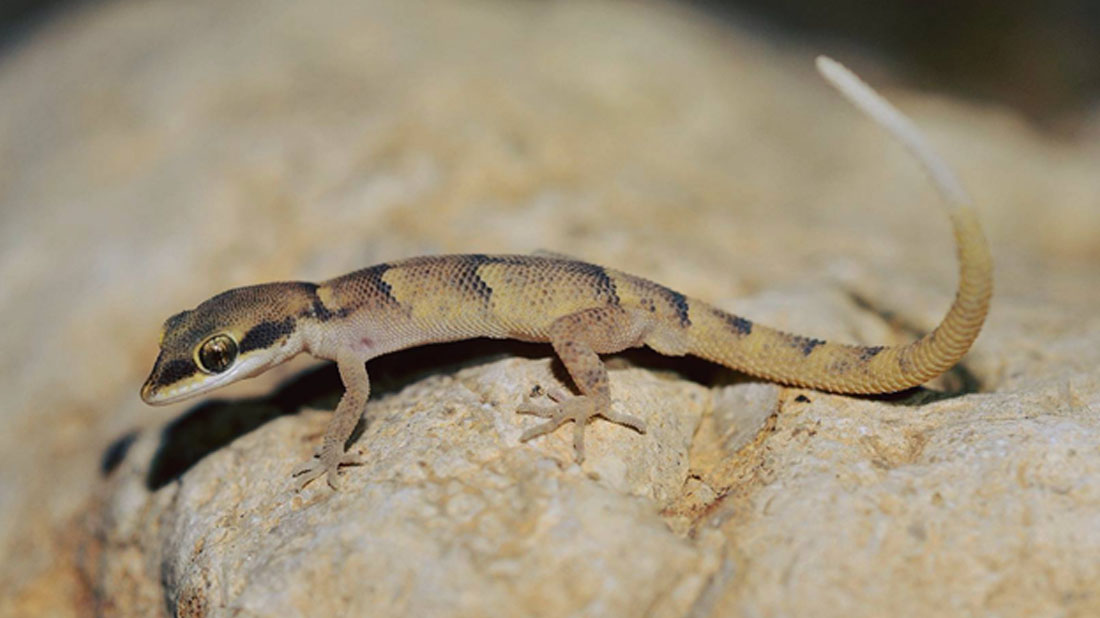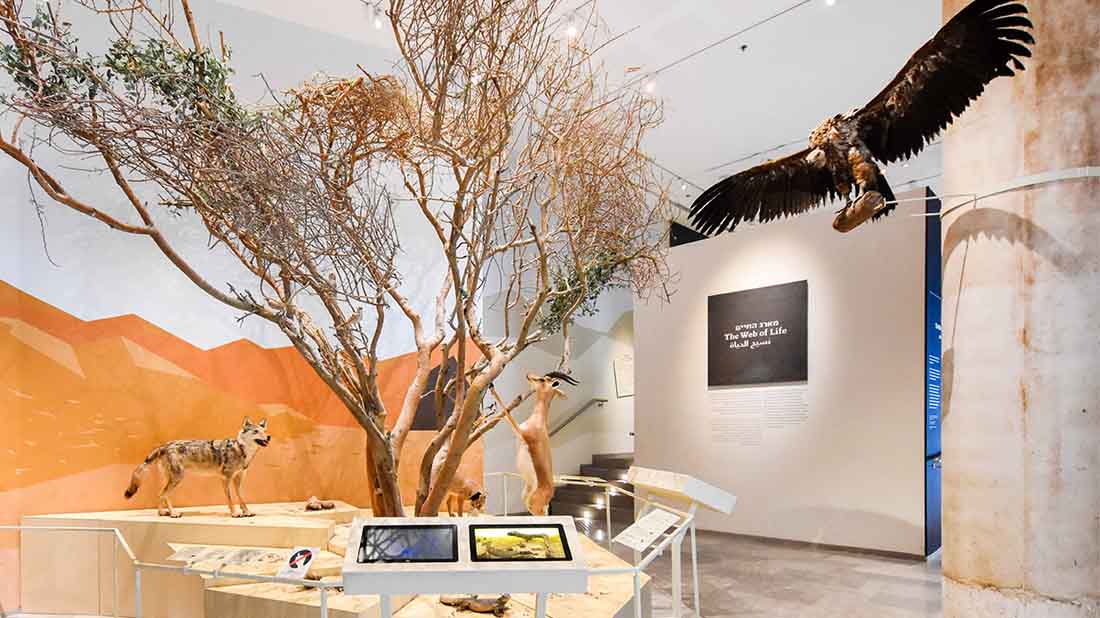The Father Schmitz collection, on display in the ‘Treasures of Biodiversity’ exhibition at the Steinhardt Museum of Natural History, includes some of the museum’s rarest and most ‘precious’ items: the last leopard hunted in the Jerusalem Hills, a Nile crocodile that was one of the last crocodiles living in Taninim River, the last cheetah hunted near the Dead Sea, and purebred wildcats that aren’t seen any more in nature in Israel, together with spectacular items from distant lands, such as a bird-of-paradise and Golden Pheasant. Who was Father Schmitz and how was he responsible for this unique group of items?
Ernst Schmitz, better known as Father Schmitz (18.5.1845, Reit, Germany – 3.12.1922, Haifa), was ordained as a catholic priest in 1869. In 1873, following Germany’s policy of becoming protestant, he was exiled, initially to the Madeira Islands, and later moved to Portugal. While in Madeira, Father Schmitz began collecting local wild animals as well as wild animals from other parts of the world, and established the first natural history museum in Funchal, the capital city of Madeira. Schmitz specialized in the local flora and fauna, and collected and identified new and rare species. His main specialization was birds, but he was also very interested in insects, marine and terrestrial mollusks, fish, corals, sea grasses and algae. In 1908 Father Schmitz reached the Holy Land, as director of the catholic organizations of the German Association for the Holy Land in Palestine and of the Saint Paul Hospice in Jerusalem. On arrival in Jerusalem, Father Schmitz set himself the aim of establishing a zoological collection, which would include stuffed specimens of all the animal species living in the Holy Land. He set up a network of hunters throughout the country, by advertising his interest in all kinds of animals and readiness to pay generously for rare animals. Father Schmitz’s call was well-received and animals began flowing to his collection. Many of the items that Schmitz collected were sent to Europe, mainly to Germany, where they were stuffed professionally and returned to him in Jerusalem.
Father Schmitz was one of the only collectors and recorders in the Land of Israel in the early 20th century. He witnessed a period in which a large number of large vertebrates went extinct in Israel, no doubt due to population growth and the increasing use of firearms. Schmitz’s documents describe hunting of brown bears, cheetahs, fish owls, bearded vultures, and crocodiles. In his records, Father Schmitz also describes animals that are now rare, such as the cinereous vulture, leopard and Verraux’s eagle. With respect to some animal species, his records and the items he collected are the last documentation of their existence in Israel. After Father Schmitz’s death, his collection, which with time became an almost mythological zoological treasure, disappeared without a trace. In 1978, the collection was rediscovered by Prof. Yossi Leshem, in the basement of the Schmitz School in East Jerusalem. Today, the collection is maintained, under permanent loan, as part of the national natural history collections at Tel Aviv University, and most of it is displayed to visitors in the ‘Treasures of Biodiversity’ exhibition at the Steinhardt Museum of Natural History.






